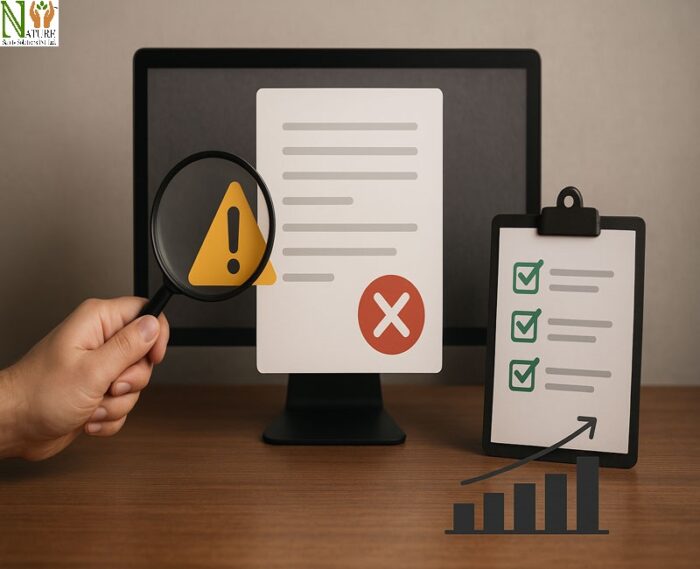In today’s world, businesses depend heavily on data. From small shops to large organizations, every decision is influenced by the information they collect and store. Data helps leaders understand customer behavior, track performance, and make smart decisions for the future. But not all data is good data. Poor data quality is one of the most common problems businesses face, and it often goes unnoticed until it causes real damage.
This article explains what poor data quality means, why it matters, and how organizations can identify and fix it.

What Is Poor Data Quality?
Poor data quality refers to information that is inaccurate, incomplete, inconsistent, outdated, or duplicated. In simple words, it means the data cannot be trusted. For example, if a company’s customer database has old addresses, wrong phone numbers, or repeated entries, it becomes difficult to use the information effectively.
Data errors can come from many sources. Sometimes employees type in details incorrectly. In other cases, data may be pulled from unreliable systems. Even simple issues like using different formats for dates or names can create confusion and lead to mistakes in reporting.
Why Poor Data Quality Matters
At first glance, poor data might not look like a big problem. But over time, the impact grows. A wrong number in a sales report can mislead managers about business performance. Incomplete customer records can cause frustration when clients are contacted with incorrect details. Duplicated data can waste resources when the same customer is approached multiple times.
Bad data also damages trust. Employees lose confidence in reports, customers feel neglected when their details are wrong, and managers struggle to make sound decisions. For businesses that depend on quick, accurate insights, poor data can slow progress and increase costs.
Common Signs of Poor Data
Recognizing poor data quality is the first step toward fixing it. Some common warning signs include:
Missing fields: Important information like addresses or phone numbers are left blank.
Duplicates: The same person or product appears multiple times in the system.
Inconsistent formats: Dates, phone numbers, or names are written in different styles.
Outdated information: Old data that has not been updated in years.
Each of these may seem small on its own, but when combined, they can make databases unreliable.
How to Identify Data Quality Problems
To address poor data quality, organizations need to regularly check their systems. A simple review can reveal many issues. For example, scanning for duplicates or running reports that highlight missing information often shows how much cleanup is needed.
Technology can also help. Data quality tools automatically detect errors, inconsistencies, and gaps. These tools make it easier to monitor large databases without depending only on manual checks.
However, technology is not enough. Employees must also be encouraged to pay attention when entering information. A culture of accuracy plays a key role in keeping data clean.
How to Fix Poor Data
Fixing poor data requires both cleaning and standardizing. Data cleaning is the process of correcting mistakes, removing duplicates, and updating records. For example, if a customer’s address is outdated, the record must be corrected before it causes a delivery issue.
Standardization ensures consistency. Setting rules for how dates, phone numbers, and names should be entered avoids confusion. For example, using “DD/MM/YYYY” format for all dates or always writing country codes with phone numbers.
Another important step is validation. This means checking that new information entered into the system is correct before it is saved. Simple checks, like verifying email addresses or confirming phone numbers, reduce errors from the start.
How to Prevent Poor Data Quality
Prevention is always better than constant repairs. To reduce poor data quality, organizations should:
- Train employees: Show staff how to enter data correctly and explain why accuracy matters.
- Set clear rules: Create standards for entering and updating information.
- Review regularly: Schedule routine checks to find and fix errors early.
- Use reliable sources: Only collect data from trusted systems or verified platforms.
By making these practices part of everyday work, businesses can stop poor data from becoming a constant problem.
The Benefits of Good Data
When organizations invest in good data practices, the results are clear. Reliable data leads to better decision-making because managers can trust their reports. Employees save time because they don’t need to spend hours fixing mistakes. Customers also benefit, as they receive accurate communication and timely services.
Good data builds trust both inside and outside the company. It creates confidence in the organization’s ability to perform well and keeps operations running smoothly.
Also read:-
